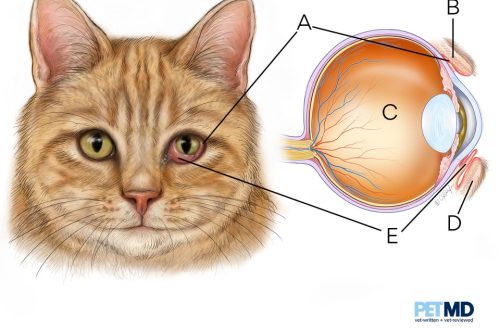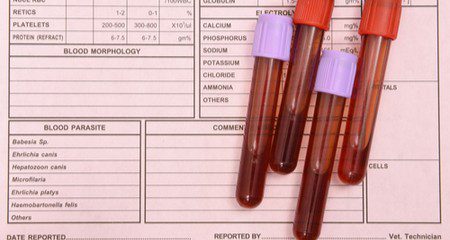
General and biochemical blood tests in cats: decoding, deviations, norms
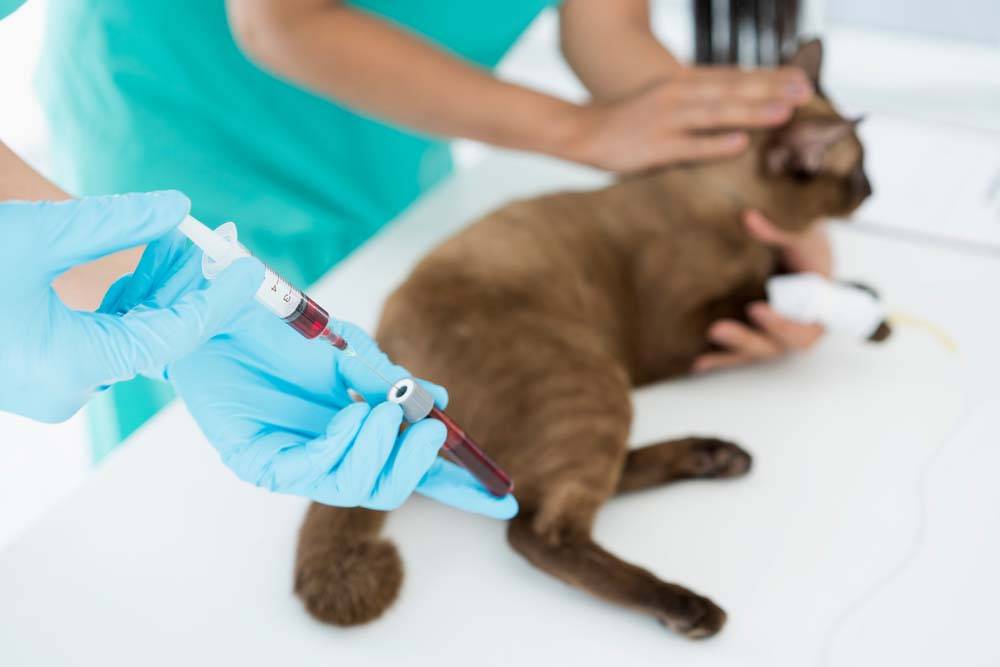
Contents
Types of blood tests in cats
Common clinical analysis (CCA) and a biochemical blood test (BC) are most commonly used to diagnose diseases in cats.
But in order to be able to interpret changes in indicators, you need to understand the nature of each of them. We will talk about this below.
General analysis
Complete blood count results in cats are used to detect inflammation (acute or chronic), anemia, infections, bone marrow disease, and other abnormalities.
Main factors:
- Red blood cells (RBCs)) – large non-nuclear cells responsible for the transport of oxygen and other substances. Their decrease will indicate anemia, while an increase may indicate oxygen starvation.
- Hematocrit (Ht) – the percentage of red blood cells in relation to the volume of blood. The more red blood cells in the blood, the higher this indicator. An increase in hematocrit usually does not carry much clinical significance, while its decrease is a bad sign.
- Hemoglobin (Hb) – a protein complex contained in erythrocytes and binding oxygen. This indicator almost always correlates with erythrocytes and hematocrit and carries the same clinical significance.
- Erythrocyte indices (MCV, MCH, MCHC) – indicators indicating the size of red blood cells and their color indicators. In simple words, knowledge of these indices gives us an understanding of exactly how red blood cells look and how filled with hemoglobin they are. When diagnosing anemia to determine the nature of the disease, these indicators are important to consider. Indirectly, we can assume from them regeneration (the formation of new red blood cells), iron deficiency states, bone marrow diseases.
- Leukocytes (WBC) – white blood cells. They are the main component of the immune system. This group includes several types of cells. The ratio of different forms of leukocytes to each other is called a leukogram, or leukocyte formula.
- Neutrophils – very mobile. They are able to leave the bloodstream and have the ability to phagocytosis (absorption) of infectious agents (viruses, bacteria, etc.). There are 2 groups of neutrophils. Stab – immature neutrophils that have just entered the bloodstream. If their number is increased, this means that the body reacts sharply to the disease, while the predominance of segmented (mature) forms of neutrophils will indicate a chronic course of the disease.
- Eosinophils – large cells, the main purpose of which is the fight against multicellular parasites. Their increase almost always indicates a parasitic invasion, although in cats they almost never increase, even if parasites are present.
- Basophils the cells responsible for the allergic reaction. In cats, basophils are very rarely elevated and are usually of no clinical significance.
- Monocytes – large cells that are able to penetrate almost any focus of inflammation. They are the main component of pus. Increased with sepsis (bacteria entering the bloodstream).
- Lymphocytes responsible for specific immunity. Having met with an infection, they “remember” the pathogen and learn to fight it. Their increase will indicate an infectious process, they can also increase with oncology. Their decrease will indicate a decrease in immunity, diseases of the bone marrow or viruses.
- Platelets – non-nuclear cells, the main function of which is to stop bleeding. As a compensatory mechanism, with blood loss, they will always increase. Platelets can be reduced only for two reasons: either they are excessively lost (thrombotic poisons, blood loss, infections), or not formed enough (tumors, bone marrow diseases, etc.). But often they are underestimated erroneously, for example, if a blood clot has formed in a test tube (research artifact).
Biochemistry of blood in cats
Biochemical analysis is needed to assess the general condition of the body, identify diseases of individual organs (kidneys, liver, etc.), as well as to determine the intensity of the disease in cats.
Main factors:
- Albumen is a simple protein that is soluble in water. It has many functions in the body, from nourishing cells to transporting vitamins. Its increase has no clinical significance, while a decrease may indicate serious diseases with protein loss or a violation of protein metabolism.
- ALT (alanine aminotransferase) – an enzyme found in many tissues of the body, but most of all – in the cells of the liver, kidneys, heart and muscle muscles. In diseases of these organs (especially the liver), ALT rises. It can also rise sharply after injury, due to muscle damage and during hemolysis (destruction of red blood cells).
- AST (aspartate aminotransferase) – an enzyme, like ALT, contained in the liver, muscles, myocardium, kidneys, red blood cells, and the intestinal wall. Its level almost always correlates with the level of ALT, that is, it speaks, first of all, of liver diseases, hemolysis, and injuries. But in myocardial diseases, the AST level will be higher than the ALT level, which has a high diagnostic value. The ratio of the level of ALT and AST in the blood is called the Ritis coefficient.
- Alpha amylase – an enzyme produced in the pancreas (PZh) for the breakdown of carbohydrates. Previously, this indicator was considered a marker of pancreatic pathologies, but in fact, amylase, as an indicator, has little clinical significance. It enters the bloodstream from the duodenum, respectively, its increase may be associated with an increase in intestinal permeability rather than with diseases of the pancreas. To diagnose these diseases, it is much more informative to use ultrasound.
- Bilirubin is a pigment found in bile. Increases in diseases of the hepatobiliary system (liver, gallbladder). It is highly toxic and persists in tissues for a very long time. With its increase, the mucous membranes and skin take on a characteristic icteric (icteric) shade, urine also becomes bright orange.
- GGT (gamma-glutamyl transferase) – an enzyme found in the cells of the liver, pancreas, mammary gland, spleen, intestines. But it does not happen in the myocardium and muscles. An increase in the level of GGT indicates damage to the tissues in which it is contained.
- Glucose – simple sugar, used as a source of energy. Changes in its amount in the blood, first of all, indicate the state of metabolism. Deficiency is most often associated with its insufficient intake (during hunger) or even loss (poisoning, some drugs). A slight increase in glucose may be normal due to stress. It can also indicate serious diseases such as diabetes, kidney failure, etc.
- Creatinine is a protein breakdown product. It is excreted by the kidneys, so if their work is disturbed, it will be increased. However, creatinine can also be high with dehydration, injury, and non-observance of hunger before a blood test.
- Urea is the end product of protein breakdown. It is formed in the liver and excreted by the kidneys. An increase in the urea rate occurs when these organs are affected. In liver failure, on the contrary, it will be reduced (cirrhosis, portosystemic shunt).
- Alkaline phosphatase (AP) – an enzyme found in the cells of the liver, kidneys, intestines, pancreas, placenta, as well as in the bones. In diseases of the gallbladder, alkaline phosphatase is almost always increased. But it can also be increased during pregnancy, enteropathy, diseases of the oral cavity, during the growth period.
Norms of blood parameters in cats
In a general blood test
Table for deciphering the norms of indicators of a general blood test in cats
Index | Adult cat, normal | Kitten, norm |
Hemoglobin (g/L) | 80-150 | 85-127 |
Hematocrit (%) | 28-47 | 25-37 |
Erythrocytes (million/µl) | 5-10 | 4.7-8.1 |
Mean erythrocyte volume (MCV, fl) | 39-53 | 39-53 |
Mean erythrocyte hemoglobin (MCH, pg) | 13-20 | 13-20 |
Mean erythrocyte hemoglobin concentration (MCHC, g/dl) | 30-36 | 30-36 |
Leukocytes (thousand/µl) | 5.5-18 | 5.5-18 |
Stab neutrophils (%) | 0-3 | 0-3 |
Segmented neutrophils (%) | 35-75 | 35-75 |
Monocytes (%) | 1-4 | 1-4 |
Lymphocytes (%) | 20-55 | 20-55 |
Basophils | None | None |
Eosinophils | 0-3 | 0-3 |
Platelets (thousand/µl) | 300-630 | 300-630 |
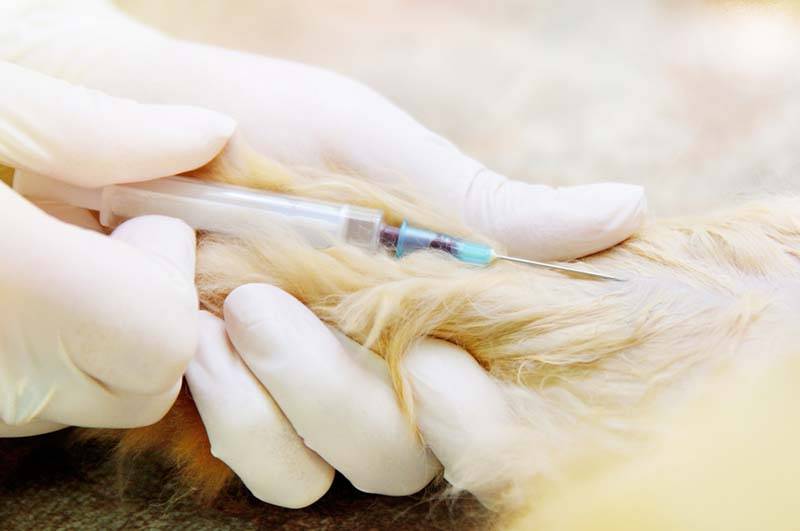
In biochemical analysis
Table for deciphering the norms of indicators of a biochemical blood test in cats
Index | Adult cat, normal | Kitten, norm |
Albumin (g/L) | 24-39 | 19-38 |
GOLD (units/l) | 10-85 | 10-75 |
AST (units/l) | 10-56 | 7-40 |
Alpha-amylase (units/l) | 350-2000 | 350-2000 |
Direct bilirubin Total bilirubin (μmol/L) | ||
GGT (units/l) | ||
Glucose (mmol/l) | 3.2-7.9 | 3-12 |
Urea (mmol/l) | 3.5-12 | 3.5-12 |
Creatinine (μmol/L) | 44-160 | 44-160 |
Alkaline phosphatase (u/l) | 10-92 | 21-538 |
Calcium (mmol/l) | 1.9-2.6 | 2.1-3.3 |
Phosphorus (mmol/l) | 0.9-2.5 | 1.45-3.3 |
Deviations
General analysis
Index | Above the norm | Below norm |
Hemoglobin Hematocrit Erythrocytes Erythrocyte indices | Dehydration Hypoxia (diseases of the lungs, heart) Tumors of BMC | Anemia of chronic disease Chronic kidney disease Blood loss Hemolysis Дефицит железа Bone marrow diseases Prolonged fasting |
leukocytes | Infections (bacterial, viral) recent meal Pregnancy General inflammatory process | Infections (for example, parvovirus enteritis) Immunosuppression Bone marrow diseases Bleeding |
Neutrophils are stab | Acute inflammation Acute infection | — |
Neutrophils are segmented | Chronic inflammation chronic infection | Diseases of the KCM Blood loss Some infections |
Monocytes | Infection Tumors Wounds | Diseases of the KCM blood loss Immunosuppression |
Lymphocytes | Инфекции Tumors (including lymphoma) | Diseases of the KCM blood loss Immunosuppression Viral infections |
Platelets | Recent blood loss/injury Diseases of the KCM Dehydration | Blood loss Hemolytic substances (poisoning, some drugs) Diseases of the KCM Violation of pre-analytics |
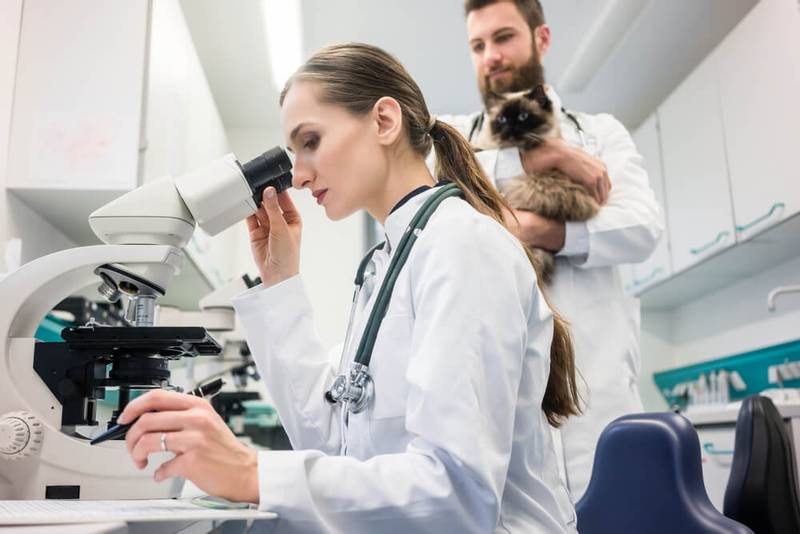
Biochemical analysis
Index | Above the norm | Below norm |
Albumen | Dehydration | Liver failure Enteropathy or protein-losing nephropathy Инфекции Extensive skin lesions (pyoderma, atopy, eczema) Insufficient intake of protein Effusions/edema Blood loss |
ALT | Liver atrophy Pyridoxine deficiency | Hepatopathy (neoplasia, hepatitis, liver lipidosis, etc.) Hypoxia Poisoning pancreatitis Injuries |
AST | Liver atrophy Pyridoxine deficiency | Hepatopathy Poisoning/intoxication Use of corticosteroids Hypoxia Injury Hemolysis pancreatitis |
Alpha amylase | — | Dehydration pancreatitis Kidney Enteropathies / intestinal rupture Hepatopathies Taking corticosteroids |
Bilirubin | — | Hemolysis Diseases of the liver and gallbladder |
GGT | — | Diseases of the liver and gallbladder |
Glucose | Starvation Tumors Sepsis Liver failure Late pregnancy | Diabetes Anxiety/fear Hepatocutaneous syndrome Hyperthyroidism Insulin resistance (with acromegaly, hyperadrenocorticism, etc.) |
Urea | Liver failure Loss of protein Ascites Starvation | Dehydration/hypovolemia/shock Burns Renal failure and other kidney damage Poisoning |
Creatinine | Pregnancy Hyperthyroidism Cachexia | Dehydration/hypovolemia Kidney Heart failure High protein intake (meat feeding) |
Alkaline phosphatase | — | Diseases of the liver and gallbladder Therapy with anticonvulsants pancreatitis Young age Dental diseases Bone diseases (resorption, fractures) Tumors |
How is blood drawn?
In cats, blood is taken from the front or back paw, depending on the pet’s temperament and for the convenience of the doctor.
Before taking the analysis, the injection site is treated with alcohol, a tourniquet is applied to the limb, after which the necessary analyzes are collected in test tubes.
The most important thing in this business is to reduce the stress in the cat as much as possible. Stroke her, calm her down. Although the procedure itself is not painful, cats are freedom-loving creatures and, as a rule, do not tolerate any interference. If it is not possible to calm the pet with caress, the doctor will help fix it with the help of special means (fixation bag, blanket, protective collar).
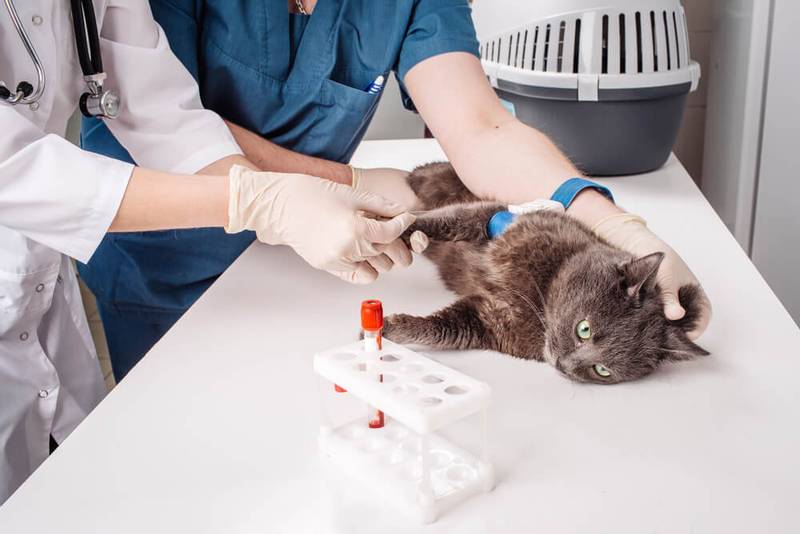
How to prepare a cat for the procedure?
Before analysis, you need to endure hunger. For adult cats, fasting should be 8-10 hours. Kittens should not fast for more than 8 hours, so it is enough for them to endure 6 hours without food. You can drink water before blood tests in unlimited quantities.
Answers to frequently asked questions



